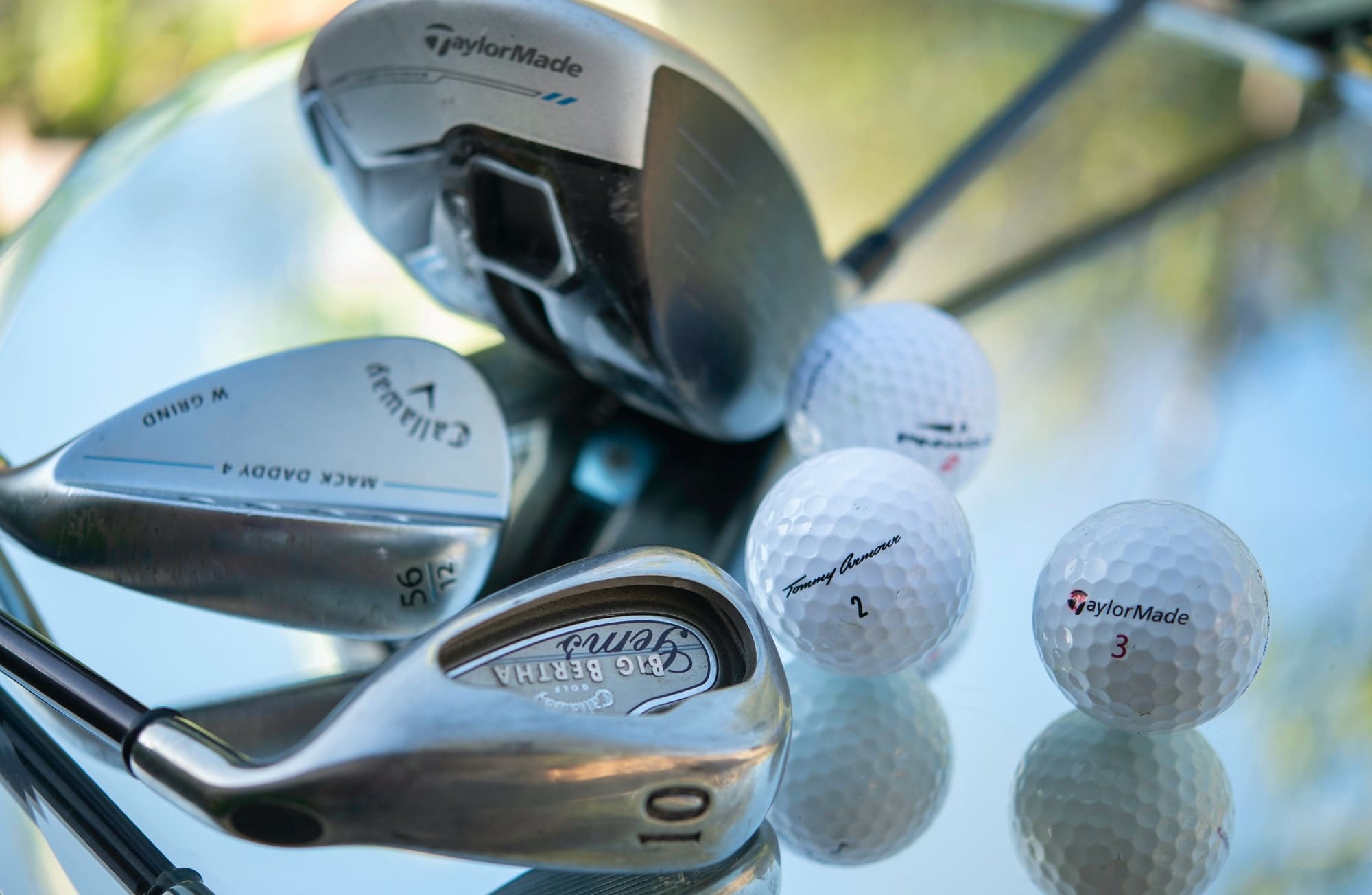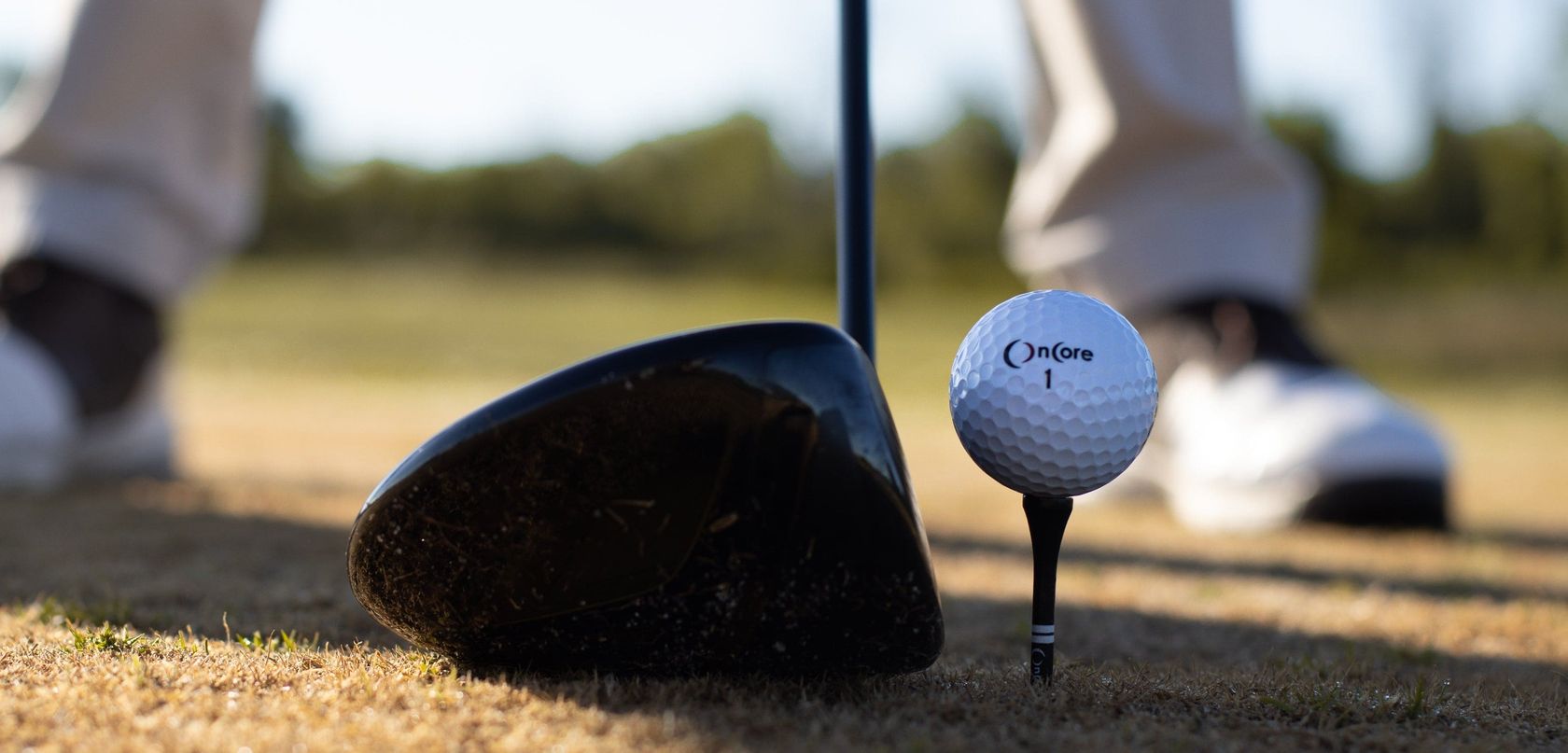While basketball, baseball or volleyball could not take place without a leather ball, other sport is unimaginable without steel in the participants’ hands.
Interestingly, sport gear and accessories used by elite players often become popular among people. For example, basketball fans want trainers like those worn by Michael Jordan or Shaquille O'Neal. Speed lovers choose gloves and even cars like those of Lewis Hamilton or Sebastian Loeb. Young tennis players want tennis rackets from manufacturers preferred by Rafael Nadal and Roger Federer.
At first glance, golf may seem an elite and conservative sport. However, it is full of not only tradition but also fashion. Thousands of fans around the world watch games involving their idols and try to guess which clubs and balls the champions use. For example, Tiger Woods, one of the world's most famous golfers, preferred steel clubs throughout most of his career. They helped him to win lots of titles. Although the sports legend's equipment was custom-made, his fans tried to choose sport gear for their amateur tournaments at least from the same manufacturers and often of certain models and designs with a metallic lustre.
Nowadays, steel is a basic material for golf clubs. While golf is a popular sport in many countries, it remains exotic in Ukraine.
The precursor of the game is thought to be one type of entertainment among Scottish shepherds first recorded by historians back in the 14-15th centuries, which involved hitting a small ball into a hole with a club. Not until the 19th century did the modern version of golf spread around the world. The game was first brought to other continents by British colonialists, and then became popular in the United States. Nowadays, there are countless golf clubs and courses.

Club material
Golf balls are made of rubber and polymers that are reinforced by zinc in some types. As such, they have practically nothing to do with metallurgy. When it comes to clubs, everything is much more interesting.
Until the 20th century, a key material used to make golf clubs was walnut wood, which met all players’ requirements. A club handle made of walnut wood helped to gauge strike force and accuracy better, as well as control the swing, thereby landing the ball as close to the hole as possible. However, it also required a lot of preparation for the strike, which should have been smooth too.
The first experiments with steel as a basic material for golf clubs started in the 1890s, and not until the 1920s did it start to gradually replace wood. One of the main reasons for switching to steel was golf’s spread around the world and its growing popularity. Amid a shortage of walnut wood to meet the demand for clubs, designers and players chose a new material: steel.
Steel had several advantages. First, it made handles stronger. Second, the strike was sharper, so balls could be hit over great distances due to the higher rate of club "acceleration" during the swing.
Interestingly, professional steel golf clubs were painted in brown to imitate walnut wood. It was not until 1931 that a player using steel-shafted clubs won the US Open Championship: Billy Burke.

Steel in modern golf
Modern golf clubs consist of three main parts:
- Grip
- Shaft
- Head (main types include wood, putter, iron and wedge, which are used depending on the game stage or surface where the ball lands)
The grip is a rubber or leather coating of the club handle. The shaft connects the handle to the head, which is the most important part of the club. Impact characteristics depend on the head size, shape and weight.
The shaft is the part of the club that provides feedback between the ball and the golfer. Shafts may differ in weight, stiffness and material. Steel and carbon (carbon fibre) shafts are used in modern golf.
Steel has always been the material of choice for strong and self-confident golfers, since clubs made of it are heavier and transfer more vibration to the body after the strike, which may even result in injuries. As mentioned, such clubs give better feedback. Steel shafts are less expensive and durable than carbon fibre ones. Furthermore, new steel grades and innovations in design made it possible to reduce the weight of modern clubs made of stainless steel.
Carbon or low-alloy steel (like steel grade 8620) has been used for centuries as a basic material for forging and casting club heads. Such club types are the choice of professional players, since their characteristics differ from those with heads made of harder stainless steel. Irons, wedges and putters made of carbon steel are more expensive than those made of stainless steel and give players a softer feel during a stronger swing.
Stainless steel is widely used in golf. It is less expensive than carbon fibre and composite and can be easily cast in the required form. It is also rather durable.
Club heads are made of two main types of stainless steel:
- 17-4 (the same as 17-4PH, AISI 630 and X5CrNiCu17-4). This alloy contains 15-17% chromium, 3-5% nickel, 3-5% copper, up to 0.5% niobium and other elements. It is used largely for metallic woods, hybrids and some types of irons;
- 431 (designated as X17CrNi16-2 in the European classification and 20Х17Н2 in CIS standards). This alloy contains not more than 16-18% chromium, 1.5-2.5% nickel, silicon, manganese and other alloying additives. It is used for irons and putters, but is also strong enough for woods and hybrids.

Maraging steel, with its unique properties, joins materials used for club heads. Such steel is usually harder than type 431 or 17-4. It is used for end plates of hybrid heads (made up of several materials). It is associated both with limited head dimensions and high cost. Maraging steels are usually used for top-tier golf gear.
Other materials used for club parts include titanium, aluminium, zinc and their alloys. They are used in either expensive or cheap club sets.
Carbon fibre is the main competitor of steel in modern golf. Clubs made of it are lighter and result in a better swing. That said, steel is less expensive yet reliable. What about weight, which is essential for many golfers? Not so long ago, most steel shafts tended to range between 70 and 140 grams, compared with 60-70 grams for graphite ones. In 2018, one well known golf equipment manufacturer introduced a steel shaft weighing just 68.5 grams. It was a mass-market product rather than one tailor-made for a sport star!
New technologies prove that steel will continue to be used in golf for a long time to come, both as a standalone material and in combination with other ones.
